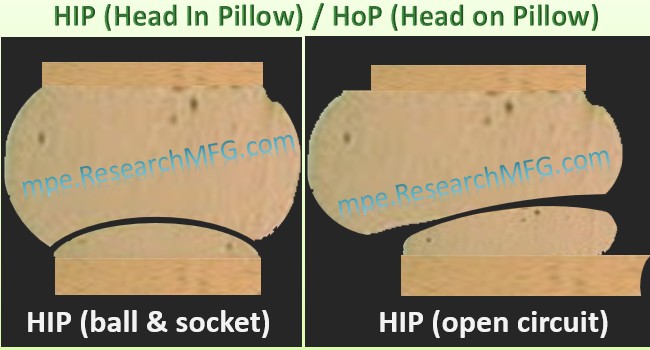
Choosing between RSS (Ramp-Soak-Spike) and RTS (Ramp-To-Spike) for the reflow temperature profile in the SMT (Surface Mount Technology) process has been a constant dilemma for many engineers. Some face pressure from higher-ups to opt for RTS due to cost-saving benefits, while Workingbear personal uncertainties about its soldering quality linger.




